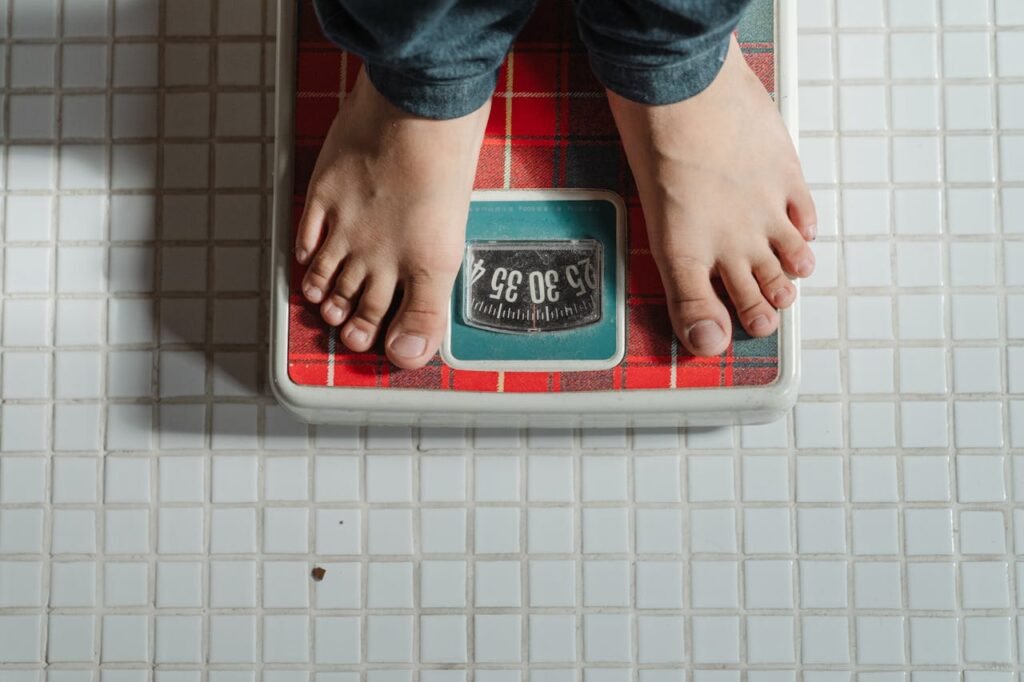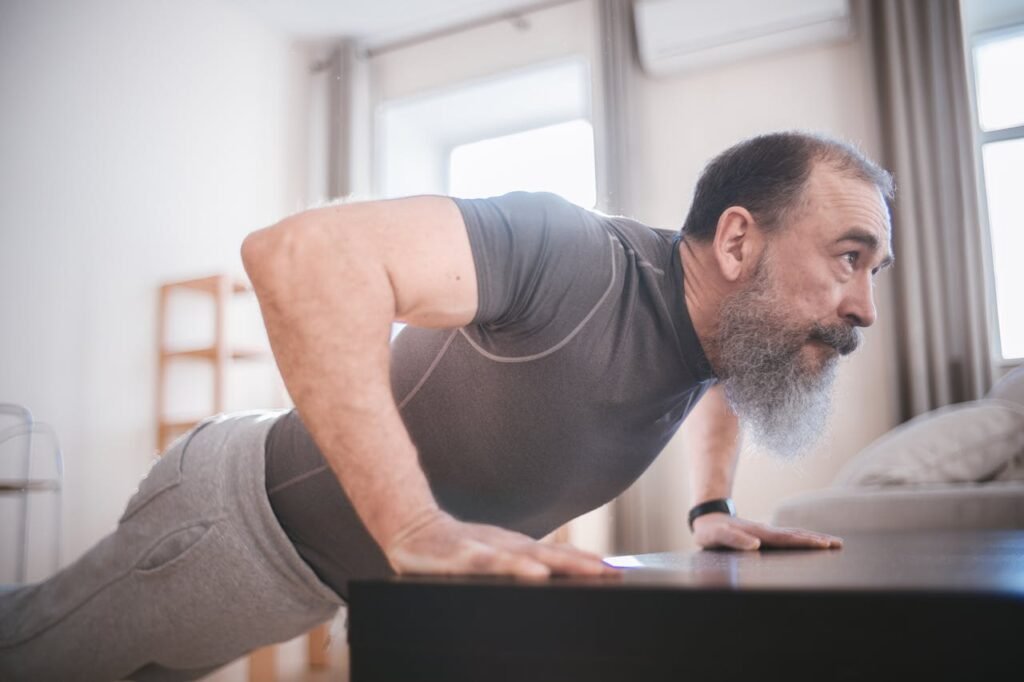Intermittent fasting has gained a lot of popularity in recent years, and the 18:6 intermittent fasting method is one of the most talked-about approaches. For those who want to improve their health, manage weight, and simplify their daily routine, it’s a method worth considering.
In this guide, we’ll break down how the 18:6 method works, its benefits, challenges, and how to make it fit seamlessly into a home fitness lifestyle. You’ll also find gear recommendations to help make your fasting journey more effective and enjoyable.
Disclosure: We may earn a commission from links mentioned in this post, at no extra cost to you. We only recommend products we trust
Table of Contents
What is 18:6 Intermittent Fasting?
The 18:6 intermittent fasting schedule involves fasting for 18 consecutive hours each day and eating all your meals within a 6-hour eating window. For example:
- Fasting period: 6:00 PM to 12:00 PM (next day)
- Eating window: 12:00 PM to 6:00 PM
During the fasting period, you avoid calories but can drink water, black coffee, or unsweetened tea. During the eating window, you consume all your daily calories and nutrients.
Why Choose the 18:6 Schedule?
1. Flexibility for Busy Lifestyles
With a smaller eating window, you spend less time planning meals and more time focusing on work, workouts, or family.
2. Alignment with Fat-Burning Cycles
Research suggests that extended fasting periods push the body to use stored fat for energy, especially after glycogen stores are depleted.
3. Easier to Pair with Home Fitness
If you already work out at home, combining this with fasting can create a streamlined daily rhythm—train, eat, recover, repeat.
Potential Benefits of 18:6 Intermittent Fasting
Weight Management

Fasting may reduce calorie intake naturally, helping create a calorie deficit without strict meal tracking.
Improved Insulin Sensitivity
Extended fasting windows can help regulate blood sugar levels, making it beneficial for metabolic health.
Better Mental Focus
Many people report improved concentration and fewer midday crashes when fasting.
Digestive Rest
Giving your digestive system a break for 18 hours may reduce bloating and improve gut health over time.
Common Challenges and How to Overcome Them
Hunger in the Morning
The first week can be tough—gradually extend your fasting period instead of jumping straight to 18 hours.
Pro Tip: A quality electric kettle for brewing herbal tea can help curb hunger while fasting.
Social Meal Schedules
If friends and family eat outside your window, adjust your eating times for special occasions rather than skipping events.
Low Energy During Workouts
Some people prefer to work out in a fed state. If fasting workouts leave you feeling sluggish, schedule your eating window around your training time.
How to Structure Meals During the 6-Hour Eating Window
Focus on Nutrient Density
Aim for whole, minimally processed foods: lean proteins, healthy fats, fruits, vegetables, and whole grains.If you’re interested in exploring a more specialized high-protein, low-carb approach, check out our detailed guide on the Carnivore Diet, which can complement fasting for fat loss and muscle maintenance.
Break the Fast Gently
Start with a balanced meal—something like:
- Protein: Grilled chicken, tofu, or salmon
- Carbs: Sweet potatoes or quinoa
- Fats: Avocado or olive oil
Stay Hydrated
Continue drinking water during your eating window to support digestion and recovery.
Pairing 18:6 Intermittent Fasting with Home Fitness

When to Work Out
- Fasted Training: Good for light cardio or mobility work in the morning.
- Fed Training: Strength training sessions can be placed right after your first meal for better performance.
Recommended Gear for At-Home Training
If you’re combining fasting with fitness, having the right gear can keep workouts efficient:
- Adjustable Dumbbells – Space-saving and versatile for strength training.
- Resistance Bands – Great for warm-ups, mobility, and joint-friendly strength work.
- Foldable Bench – Perfect for small spaces and multiple exercises.
Supplements to Consider (Optional)
While fasting doesn’t require supplements, some people find them helpful:
- Electrolytes: To prevent dehydration and headaches.
- Creatine: Supports muscle strength and recovery, especially for resistance training.
- BCAAs: If doing intense training during fasting hours (although they technically break the fast).
Safety and Who Should Avoid 18:6 Intermittent Fasting
Not Recommended For:
- Pregnant or breastfeeding women
- Those with a history of eating disorders
- Individuals with certain medical conditions (always consult your doctor)
Final Thoughts
The 18:6 intermittent fasting method can be a powerful tool for weight management, better focus, and overall wellness—especially when combined with a consistent home fitness routine. The key is to approach it gradually, listen to your body, and set yourself up for success with the right nutrition, schedule, and gear.
If you’re ready to try it, start with a 12-hour fast and work your way up. And if you want to make your home workout sessions more effective during fasting, check out our recommended dumbbells, resistance bands, and benches to maximize results.





